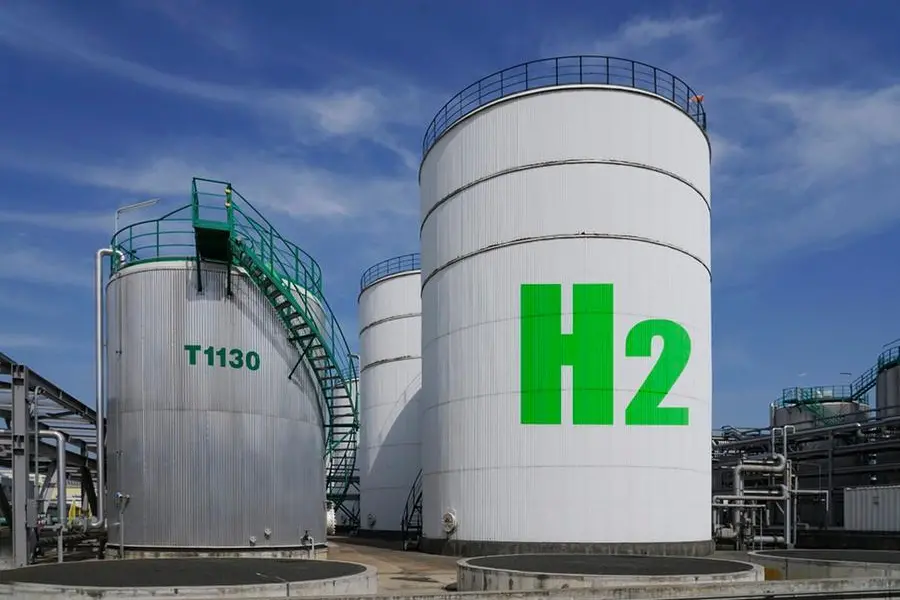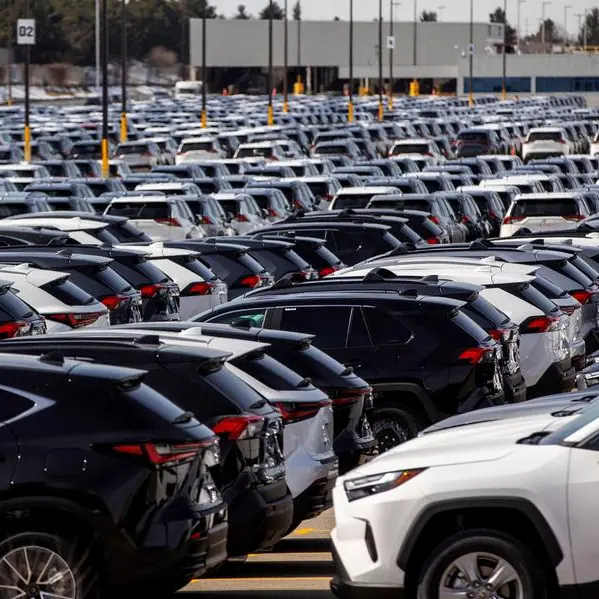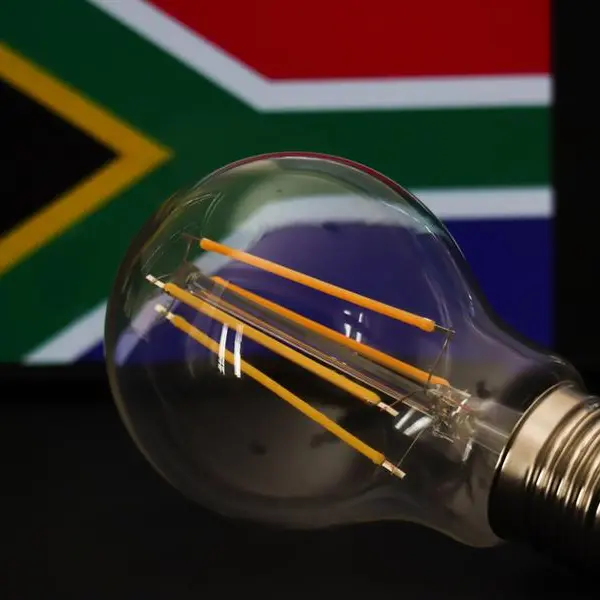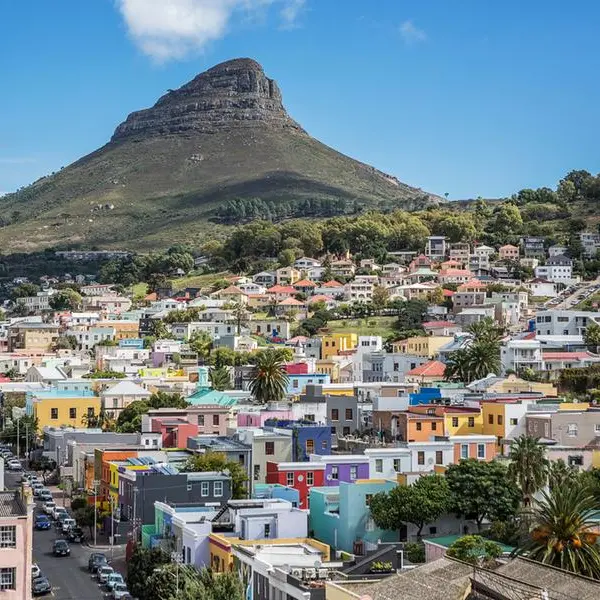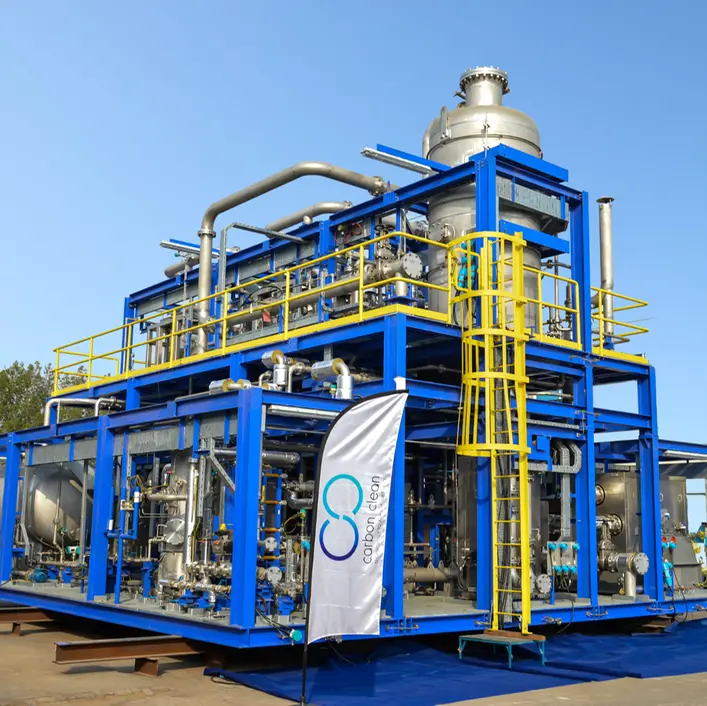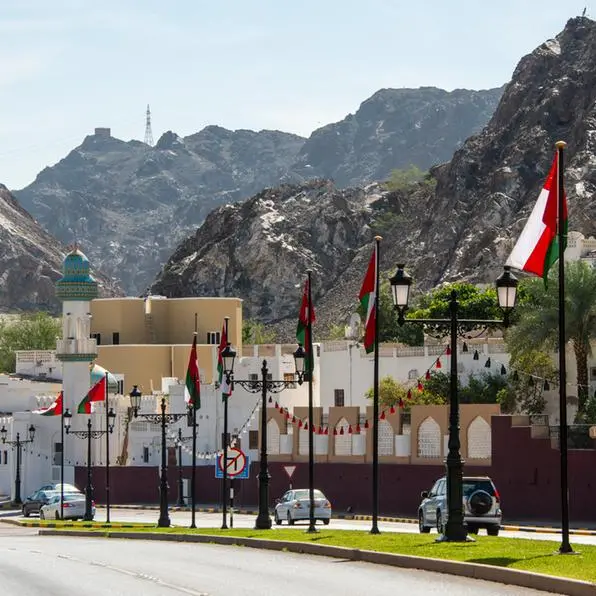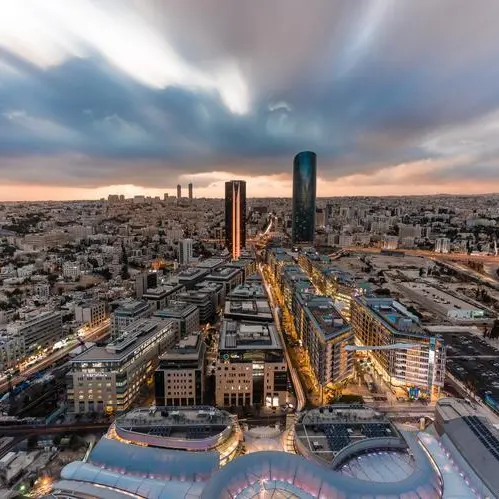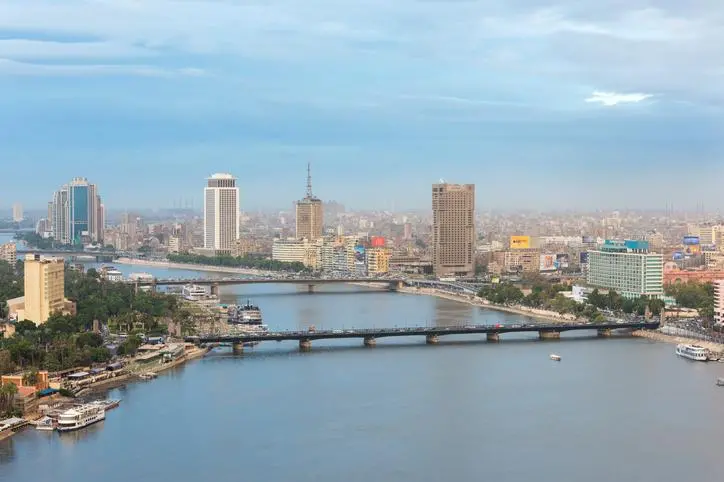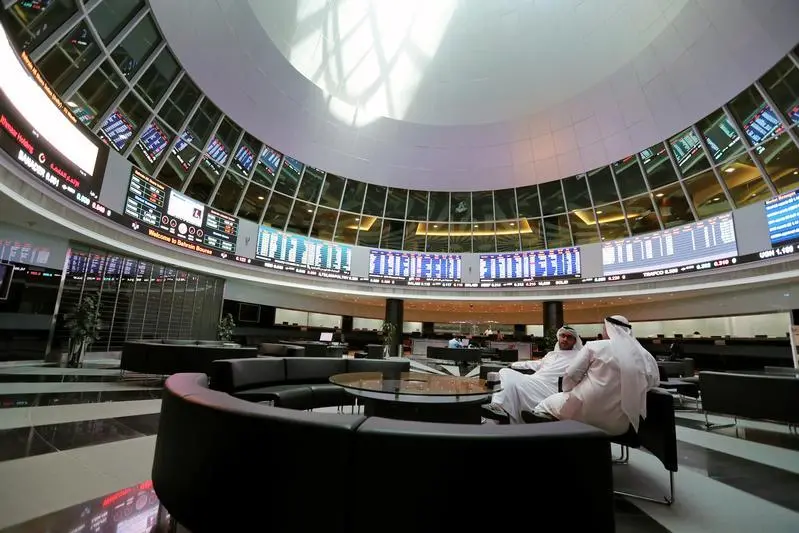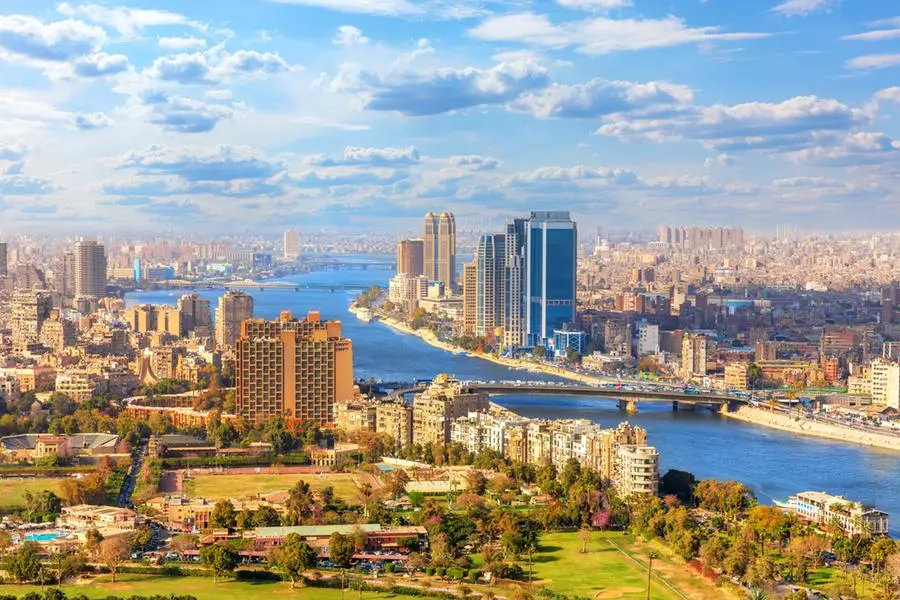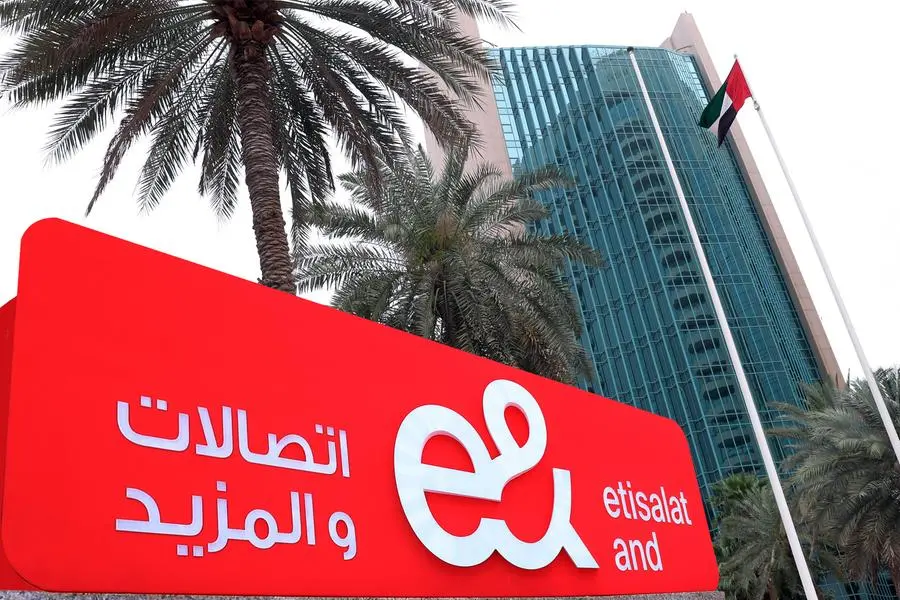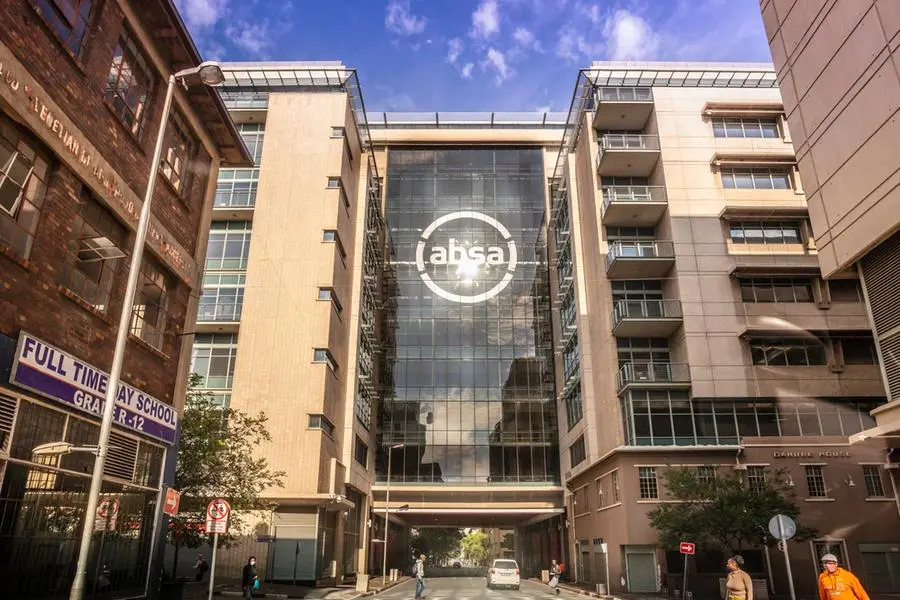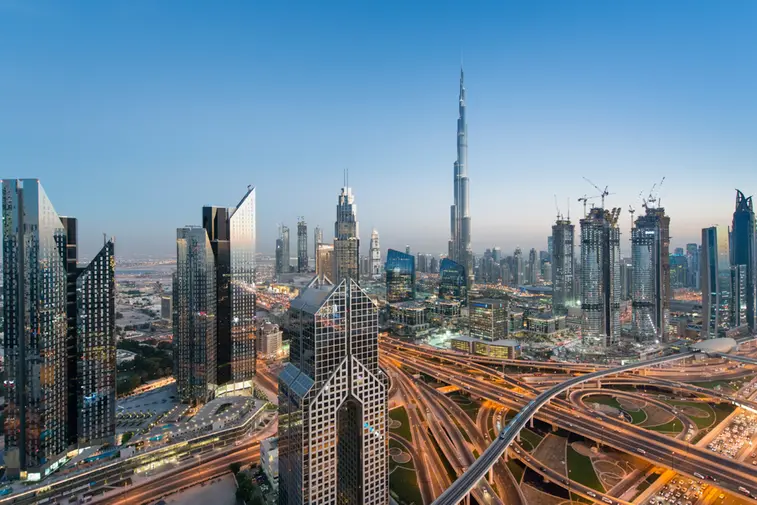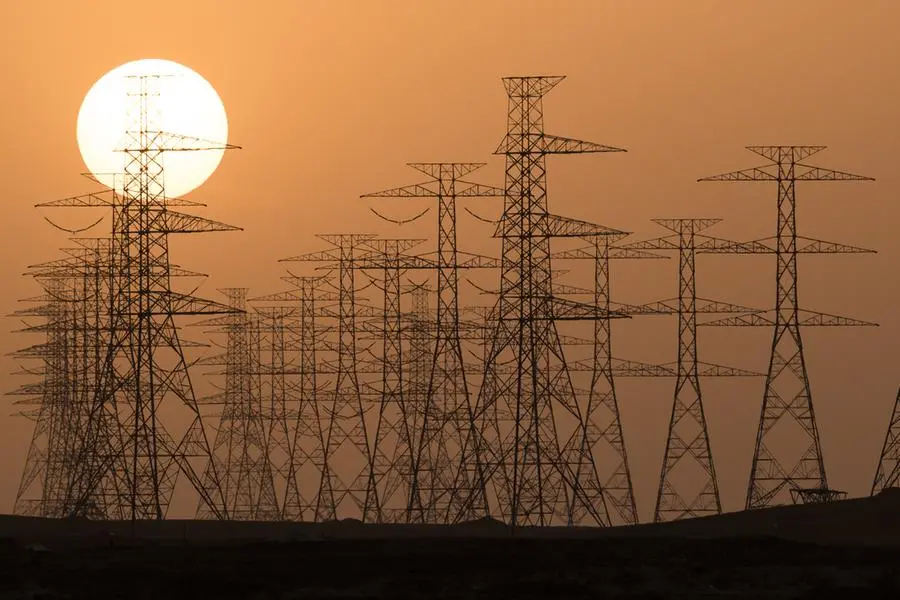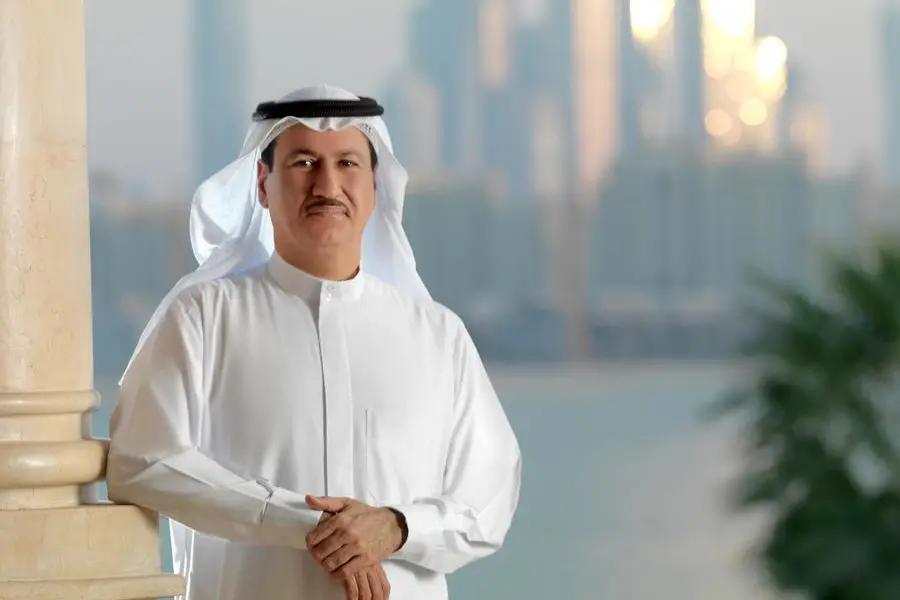PHOTO
The Middle East has attracted 15 percent of the global hydrogen infrastructure investments of $24 billion announced through 2030, the third largest globally. Asia-Pacific region has attracted half the total and Europe a quarter, according to a report by the Hydrogen Council.
The report, issued on Tuesday, pointed out that investment in hydrogen infrastructure encompassing refuelling stations, pipelines, terminals, and ships, is ‘particularly lagging.’
“Only 10 percent of currently proposed investments focus on hydrogen infrastructure, highlighting an investment gap of about 85 percent to the required $200 billion in spending through 2030”, the report said.
Record growth
In 2022, some 680 large-scale hydrogen project proposals, equivalent to $240 billion in direct investment through 2030, have been put forward – an investment increase of 50 percent since November 2021.
However, it is just one-third of the $700 billion required until 2030 and accounts for less than 15 percent of the investment committed to upstream oil and gas in the past decade.
Out of the 680 projects, 45 projects worth $29 billion are in the front-end engineering design (FEED) phase and 120 projects worth $80 billion are undergoing feasibility studies but only $22 billion (about 10 percent of proposals) have reached final investment decision (FID) or are under construction or operational.
Yoshinori Kanehana, Chairman of Kawasaki Heavy Industries and Co-Chair of the Hydrogen Council, said, “With the growing concerns around energy security, it is clear our economies need hydrogen. But on-the-ground deployment is not moving fast enough and needs to accelerate to realise the benefits of hydrogen.”
The report, developed in collaboration with global consultancy McKinsey & Company, noted that a key barrier facing project developers is a lack of demand visibility – many are awaiting decisions on the enabling regulatory frameworks and funding to incentivise offtakers to enter long-term hydrogen supply contracts. Such long-term offtake is key to unlocking project finance and support from financial investors.
However, governments globally have earmarked $80 billion to kickstart the hydrogen economy. The funding is targeted at supporting early hydrogen deployment, creating infrastructure and clusters, and speeding up cost reductions as hydrogen reaches scale.
Electrolysers
The real deployment of hydrogen on the ground is however growing, noted the report.
Electrolyser original equipment manufacturer (OEM) announcements worldwide add up to 45 gigawatts (GW) of annual manufacturing capacity by 2025, more than ten times the capacity installed by end of 2021. Electrolyser capacity needs to be expanded to at least 50GW a year by 2030 to be on track to net zero.
The report added that an estimated 70 GW of installed electrolysis is sufficient to bring down costs to be on par with grey hydrogen.
Fuel cell OEMs have announced 28GW capacity until 2025, up from 11 GW installed today. Globally, investors spent about $7 billion on fuel cell and electrolyser suppliers in 2021, nearly doubling in a year.
Vehicle OEMs have developed 87 fuel cell vehicle platforms to date, up from 61 in 2021 (about 70 percent are in China). Most of the current platforms are for fuel cell buses, followed by trucks and light vehicles. Most of the new platforms target fuel cell trucks, followed by light vehicles such as vans or passenger vehicles.
(Writing by Sowmya Sundar; Editing by Anoop Menon)
